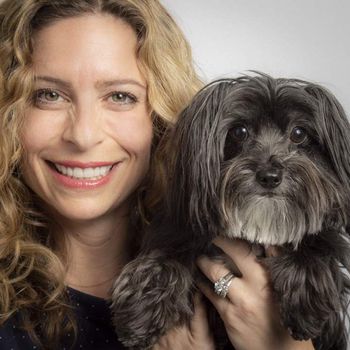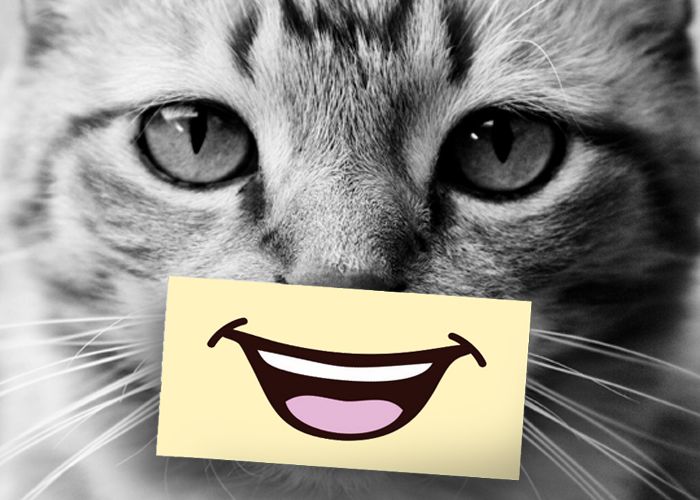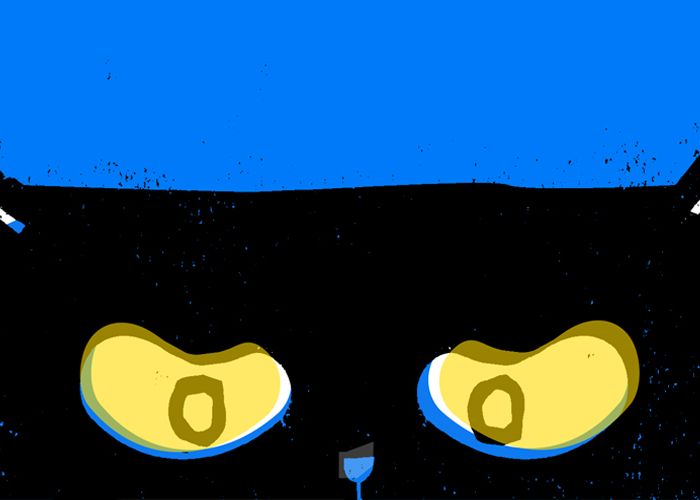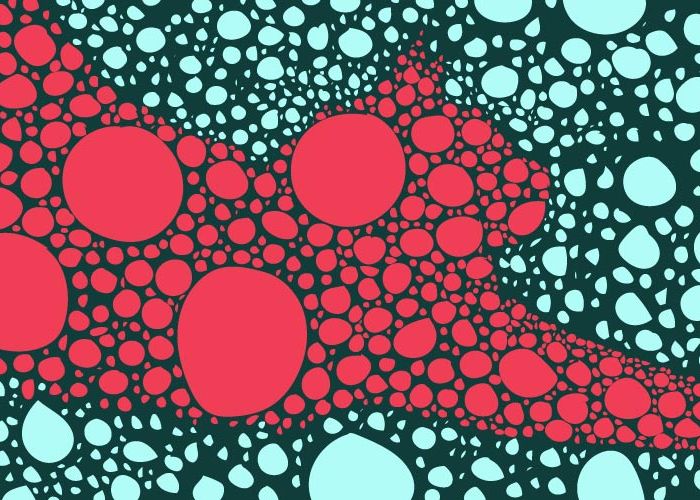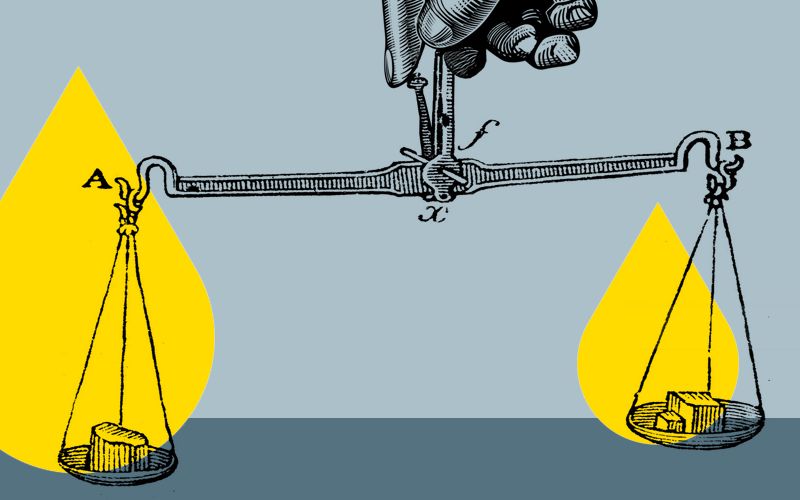
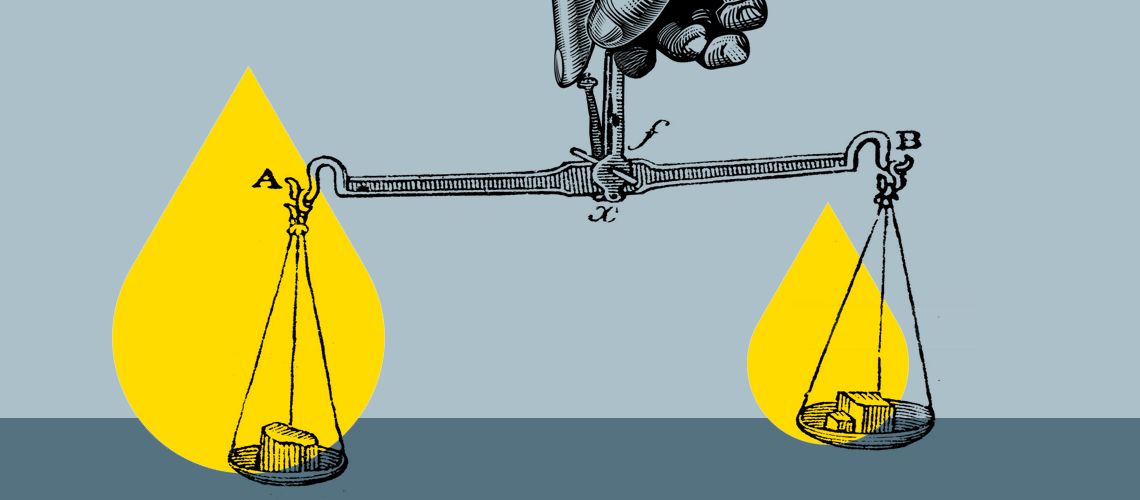
What The Specific Gravity of Urine Tells Us About Our Veterinary Patients
A mistake sometimes made by veterinarians early in their careers is attempting to assess renal function with blood work alone. However, an accompanying complete urinalysis, known fondly by some as "liquid gold," and urine protein-to-creatinine (UPC) ratio contribute to a deeper view of kidney health. When we look at the specific gravity of urine, it not only provides needed context regarding hydration status but also helps qualify kidney function when interpreted alongside the functional kidney biomarkers. This assessment pairing is integral to confidently assess your patients' kidney health status.
For a veterinarian to adequately interpret these results, it's first important to understand "normal." The normal standard for urine specific gravity (USG) can vary significantly among different species and individual pets. Here's what you need to know about the diversity of normal USG values and essential considerations for veterinarians during urinalysis.
Watch the "Hold it!" Don't Forget the Urinalysis webinar and get 1 veterinary CE credit
What Is Urine Specific Gravity?
The first data point for interpretation of urine is often urine specific gravity, which is defined as the weight of a volume of urine to the weight of the same volume of distilled water. A patient's USG gives valuable information on the kidney's ability to concentrate or dilute the urine within the renal tubules.1 While calculating osmolality is technically more accurate, it is not a practical calculation in daily veterinary practice. Instead, USG can be easily read by placing a drop of urine on a refractometer.
Normal Ranges for USG and Species-Specific Considerations
To most accurately assess the USG of a patient, it's important to know the normal range in each species. With USG, there can be variability based on a variety of factors such as age, diet texture, drinking frequency, and even the type of refractometer used. It's always important to pair the current clinical state of the patient with the lab results. One commonly reported range of urine specific gravity in healthy cats and dogs is between 1.001-1.085 and 1.001-1.075, respectively.2 However, one study of 66 healthy adult male cats found a USG range of 1.023-1.084 with only 8/104 measurements having a USG <1.035.4,6 Another found that 85% of 99 middle-aged and old cats had USGs of >1.035.4
We see similar variability within canine patients, as one study looked at randomly collected samples from healthy dogs and found ranges of 1.006 to >1.050 with early morning samples slightly more concentrated than evening samples.5 Sampling time hasn't been found to affect cats' USG levels.6,7 One of the hypothesized reasons for the species variations here may be due to lifestyle differences. Dogs tend to be more active during the daytime and water intake is typically related to this activity, whereas cats are nocturnal and more active at night as well as during parts of the day. Thus, water consumption for cats is often spread out over 24 hours.
Other Factors To Consider When Evaluating USG
The specific gravity of urine is affected by more than just a change in species. While sex doesn't seem to play a significant role, age impacts USG. A study of 29 kittens found that kittens have a USG similar to adult cats by 8 weeks of age.8 However, in both dogs and cats, as patients age, urine specific gravity decreases.5
In a study looking at 950 adult cats, USG decreased slightly with increasing age.3. This can be an easy and economical "red flag." Older cats have a higher probability of having a USG <1.035 than younger cats, most likely explained by a higher probability of finding subclinical disease and encourages further investigation.
Diet, Hydration, and Lifestyle Factors
Two other factors that directly influence USG and its interpretation are food and water intake. A study found that cats fed canned or high-moisture diets consume more total water and have lower USGs than cats fed dry diets.7 This was repeated in a different study, but found only in female cats.3. This may suggest that dietary modification for the management of feline lower urinary tract disease may not be as effective in male cats as it is in female cats. Additionally, water intake will affect USG, as healthy male adult cats had decreased USG after oral water loading at 4-10ml/kg.9 This reinforces how important history taking is with clinical patients, specifically asking the timing of recent food and water intake to adequately assess the corresponding urine specific gravity.
Dehydration and Hyposthenuria
It's important to note the hydration status and clinical picture of the patient when assessing the corresponding USG. A dehydrated animal with a healthy kidney excretes a small amount of highly concentrated urine, increasing the amount of USG. If the USG shows isosthenuria (USG <1.030 in a dog and <1.035 in a cat), a comprehensive history to assess the recent administration of fluids and assessment of the concentrations of serum creatinine and urea nitrogen is given.10,11
While an increased USG is noted in apparently healthy, dehydrated patients, only a decrease in USG or urine concentrating ability is typically clinically important because of its association as a potential early indicator of chronic kidney disease in the absence of other nonrenal causes for polydipsia and polyuria. One study found that when USG decreases >36% on subsequent readings in a healthy cat, there is a 95% probability that this is a true decrease in kidney concentrating ability versus physiological or laboratory variations.12
Understanding the factors that influence USG is integral to confidently assessing your patient's kidney health status. This deeper view is crucial for accurate diagnosis and patient care.
References: https://www.thevetiverse.com/en/latest/references-urinalysis/

